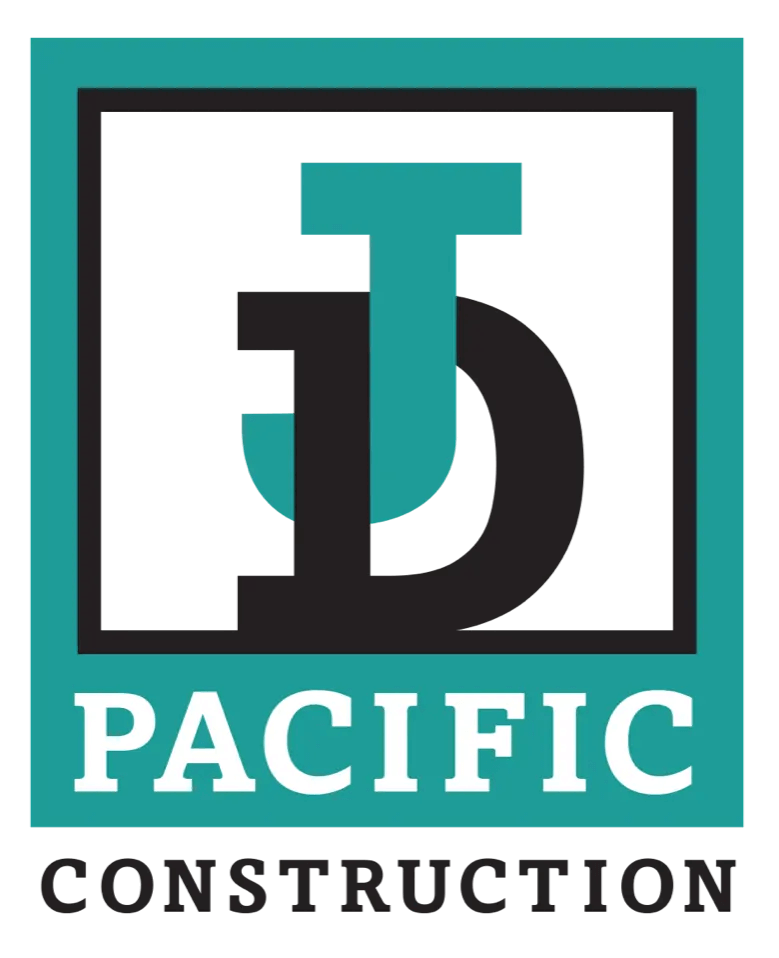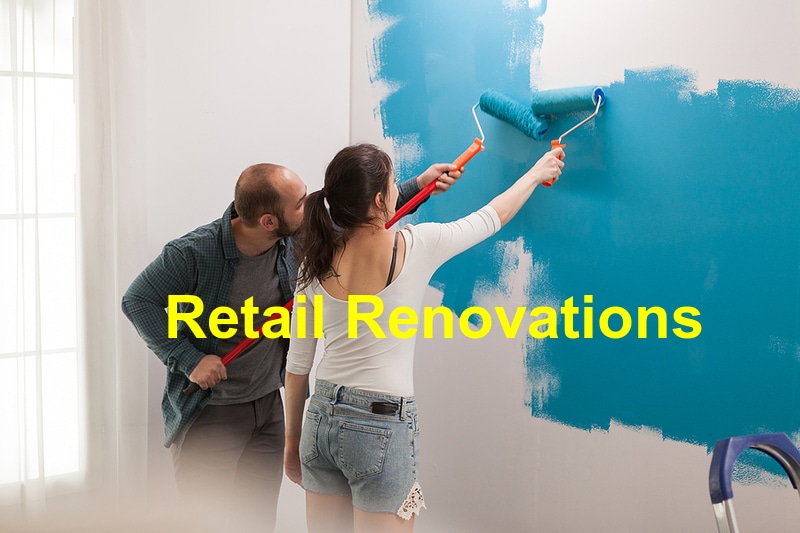Doing minor or major renovations on your retail store can be both rewarding if done in a correct manner or damaging to your business if conducted haphazardly. Your store’s exterior and interior design are a crucial part of your overall brand experience. While renovating it can be a big investment, the difference it makes for both customers and employees can be well worth it. If you’re considering renovating your store, this ultimate guide can set you up for success, no matter how big or small your plans are. Here is a complete list of what to consider before and during your renovation.
Keeping the Business Clean Clean
Controlling the amount of dust and other harmful materials will go a long way in rewarding you with the advantage you need of keeping your customers within your business. Investing in air scrubbers to capture the contaminated air, clean it, and push it out and or barricade the area of work to separate it from areas that are open for business by a significant distance will help much in keeping your customers satisfied.
What Customers Don’t Need to See
Your customers don’t need to see what is happening in the business if possible. The planning of the project and the layout should be done in such a planned manner that the customers are not distracted in their activities within the business.
Traffic Management
Vehicle and customer movement in and out of the business should be free to ensure a smooth running of the business. At all times, shoppers should be able to enter the business premises, enjoy services and exit the property easily. You can adopt a cost-effective way to avoid customer confusion and accidents by adopting the use of visible signage that indicates that the business is under renovation and what areas are to be avoided.
What Customers Need to See
Your premises should be well marked with signs to keep the customers alert of the ongoing work and the potential dangers to avoid. Identify and verify all trip hazards and mark them effectively and ensure that liability obligations are met. Identifying these potential trip areas should be done earlier during project pre-planning to ensure effectiveness.
References: Winter Construction, LightSpeed




